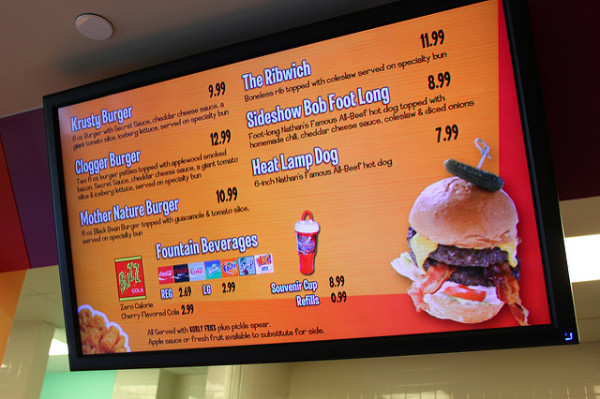The Affordable Care Act (ACA), also referred to as Obamacare, is widely known as the healthcare reform law. However, the ACA also includes lesser-known provisions that bring changes to menu labeling in restaurants and food establishments across the United States. The goal of these menu modifications is to provide more accessible nutritional information for the public and to help consumers be aware of their nutrient consumption relative to the recommended daily values.
Under the ACA, calorie and nutritional labeling must be presented for standard menu food items sold in chain restaurants or retail food establishments with 20 or more locations. Additionally, specific nutritional information about menu items must be available in writing upon request, which includes total calories, fat, saturated fat, cholesterol, fiber, protein, sodium, carbohydrates, and sugars. While some states and local governments have already implemented similar laws regarding menu labeling, Obamacare enforces these changes at the national level. Some examples of locations where the food information must be provided include fast-food restaurants such as Carl’s Jr., take-out establishments such as Pizza Hut, coffee shops such as Starbucks, and movie theaters. To help restaurants adopt the ACA’s labeling requirements, the US Food and Drug Administration (FDA) released a “Small Entity Compliance Guide” in March 2015. This guide details what restaurants and foods are covered under the law and exactly how the nutrition information should be presented on the menu.
Image Source: NurPhoto
The menu labeling law was published on December 1, 2014, and will officially go into effect on December 1, 2015. This law follows a recent trend by food establishments to appeal to health-conscious consumers. A handful of fast-food chain restaurants, like McDonald’s, have already voluntarily began to list calories on their menus to provide greater nutritional transparency. McDonald’s has also taken additional steps to provide low-calorie options for consumers, putting together a “Favorites Under 400” list as of September 2012. In addition to revamping the ordering menu in its restaurants, McDonald’s has made nutritional information readily accessible for every food item on its website.
A study published by the Centers for Disease Control and Prevention (CDC) in 2012 revealed only 57% of adults that saw calorie information actually considered it while ordering food. However, that statistic may improve since many restaurants and food establishments will now be required to provide calorie and other nutritional facts for their food items. Increased transparency combined with standardized menu information can help consumers make more informed decisions and provide the general public with readily accessible nutritional information about the food it is consuming.
Featured Image Source: The Simpsons Springfield Fast Food Boulevard at Universal Orlando by Ricky Brigante










